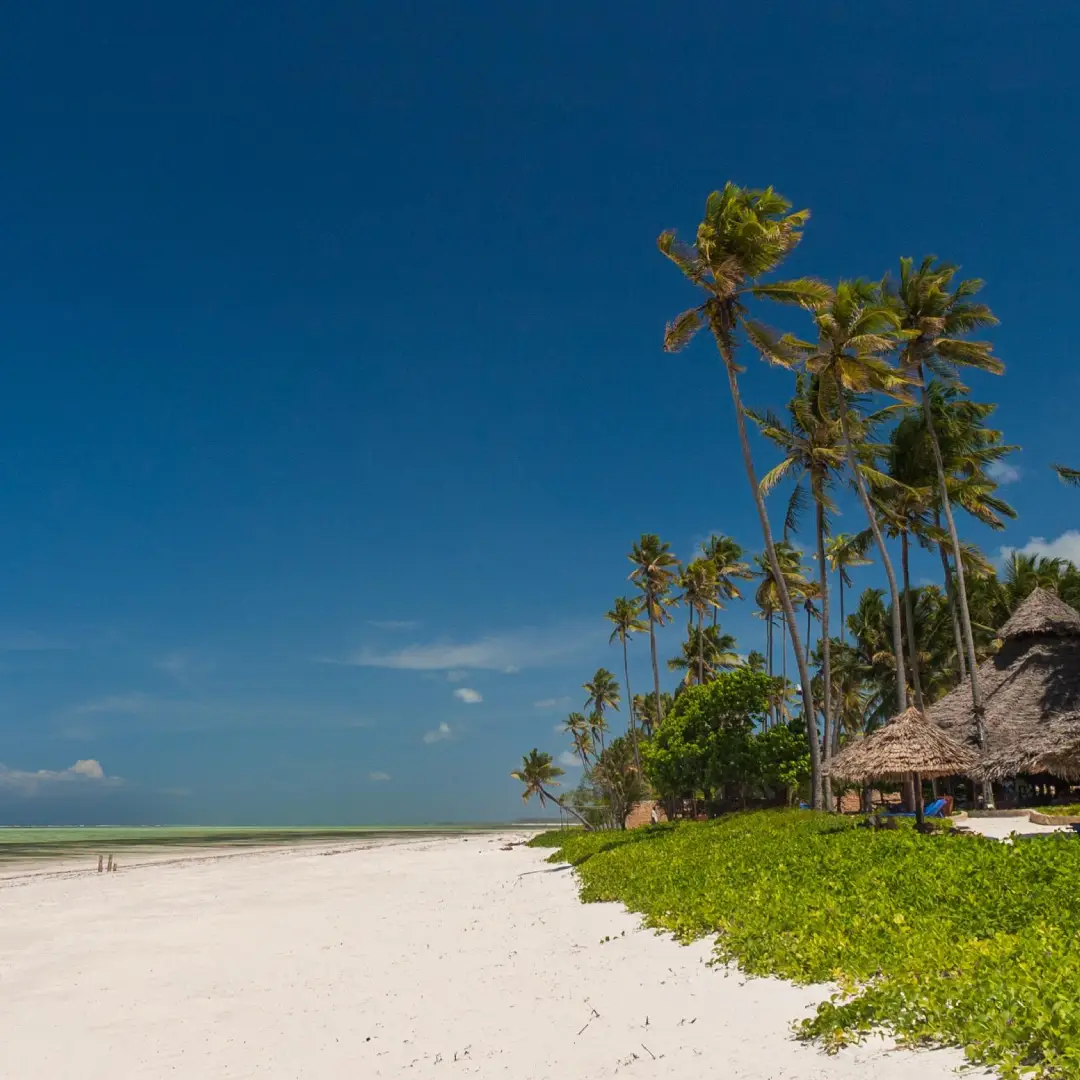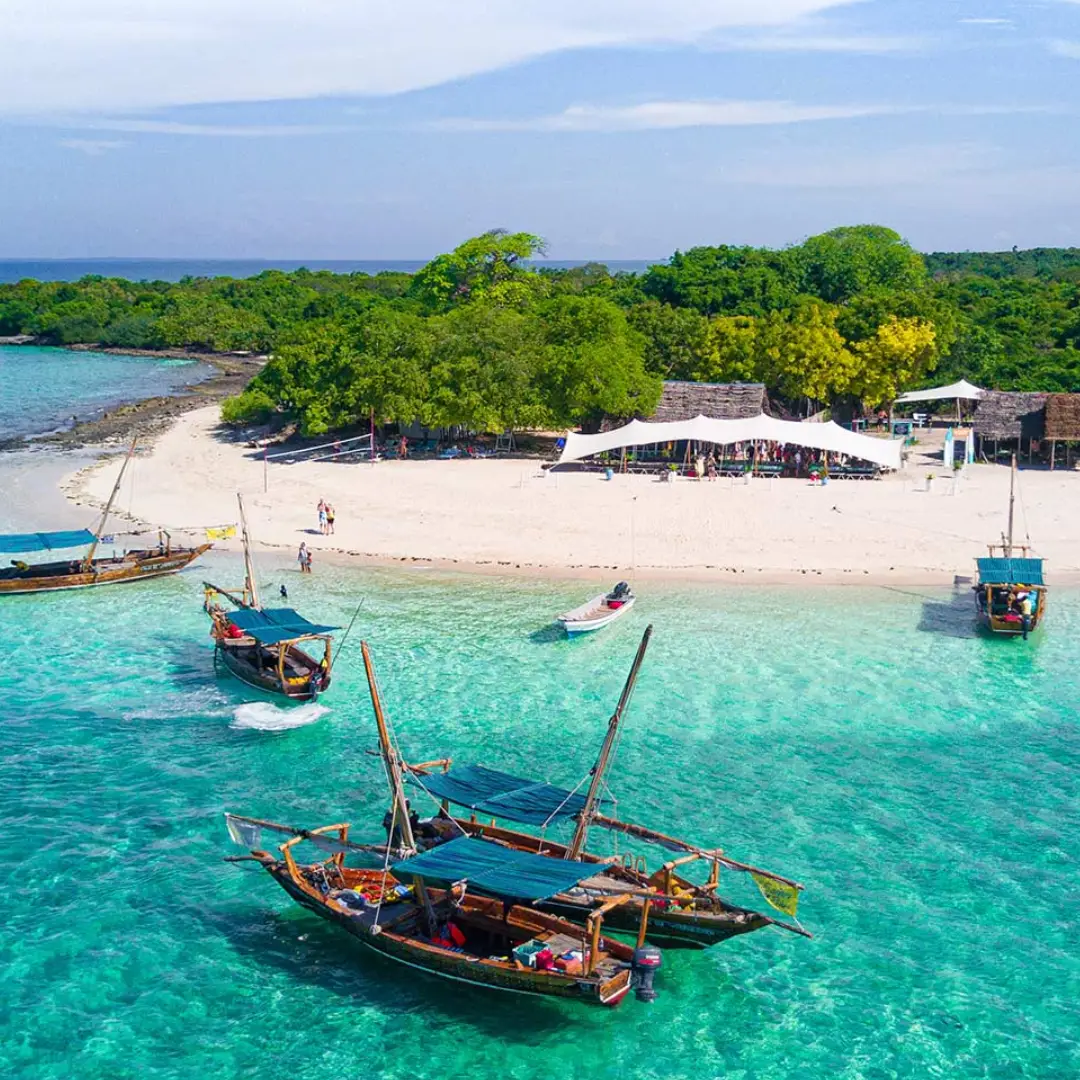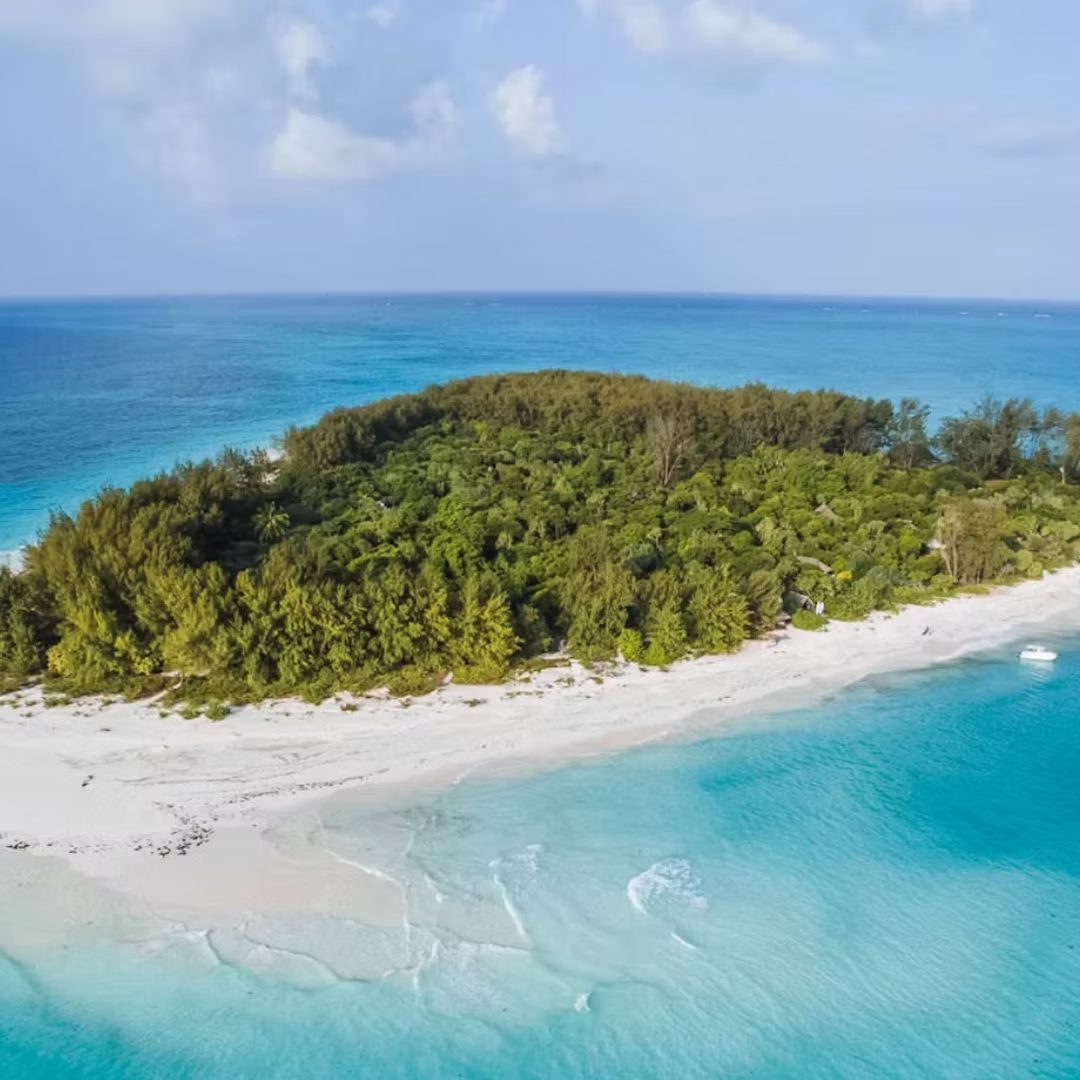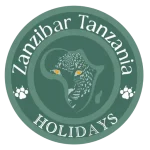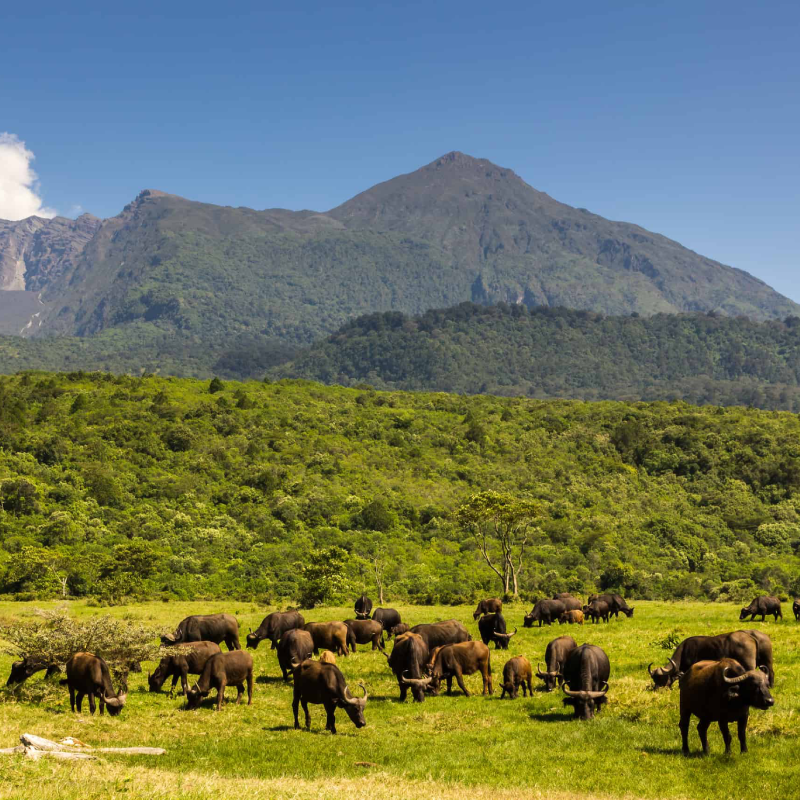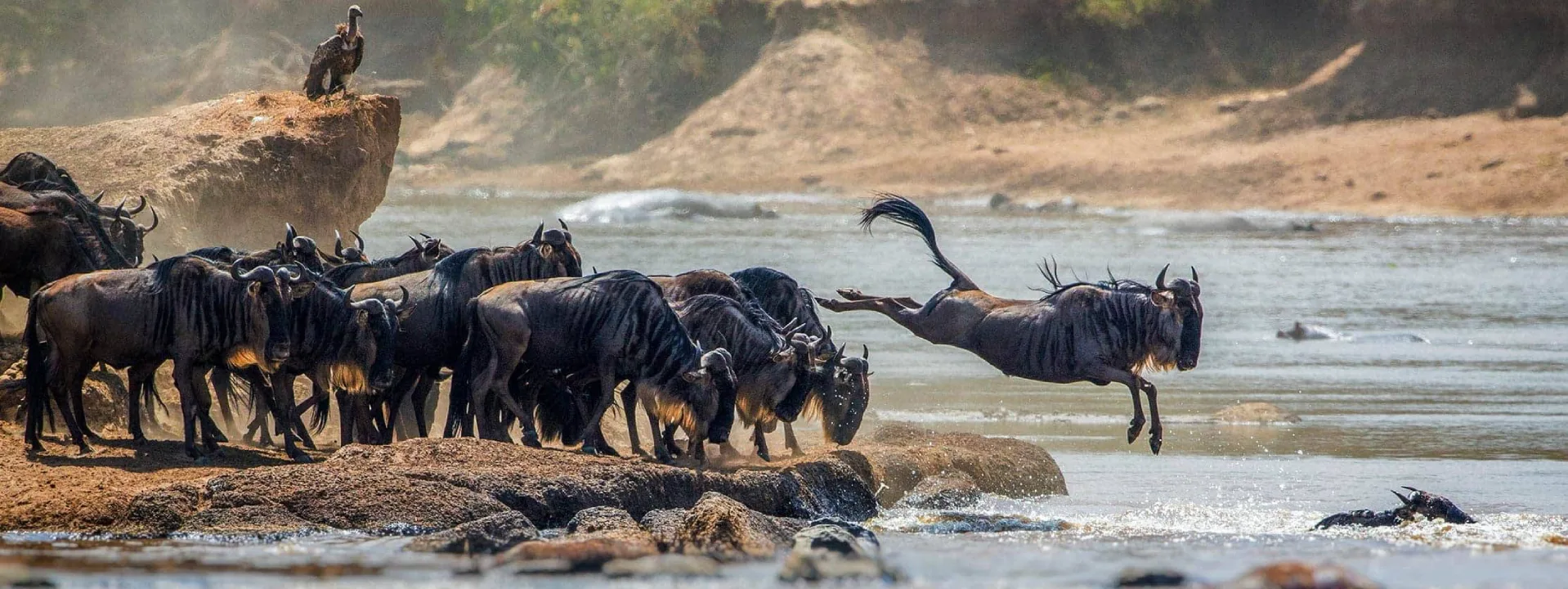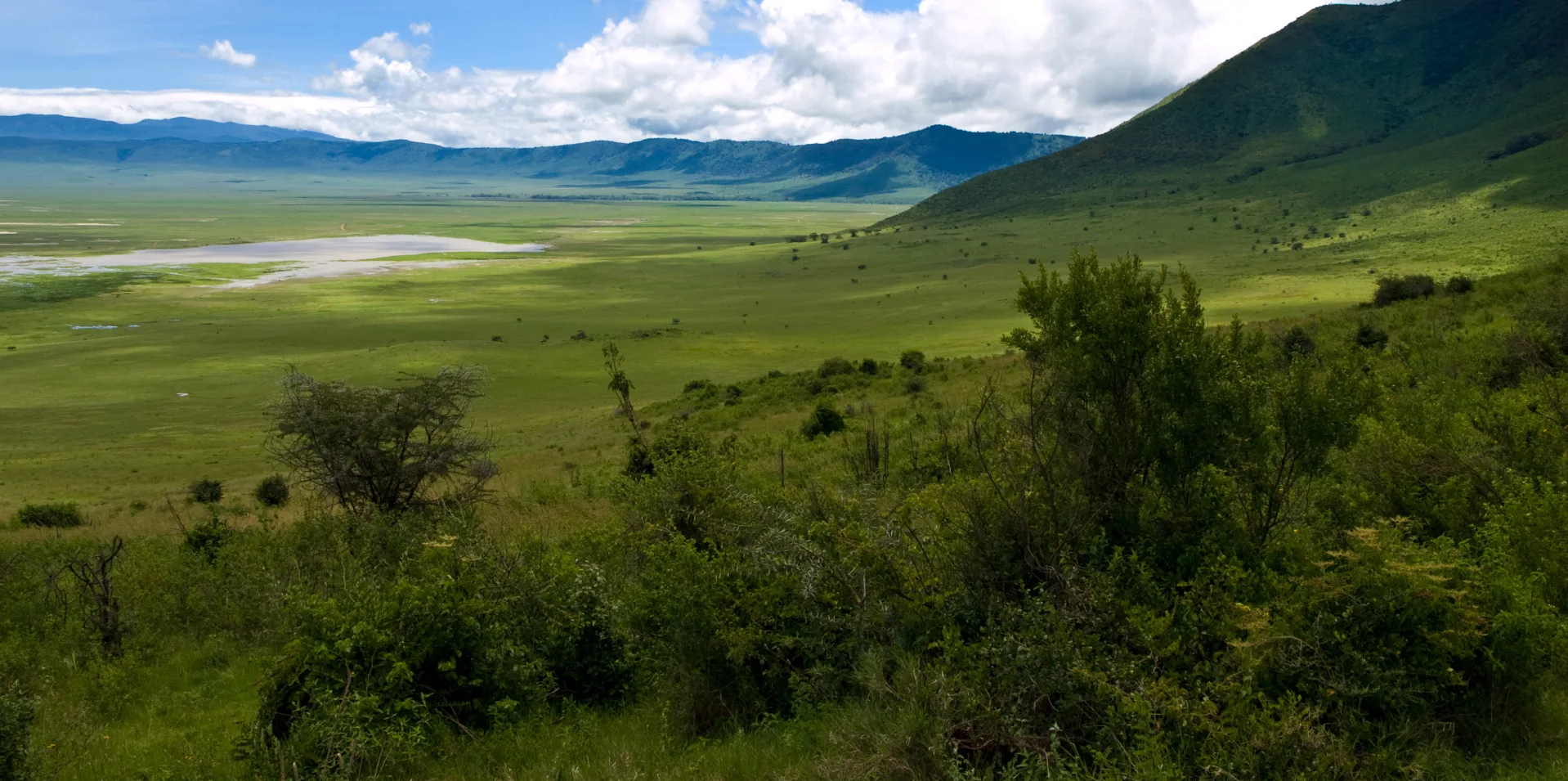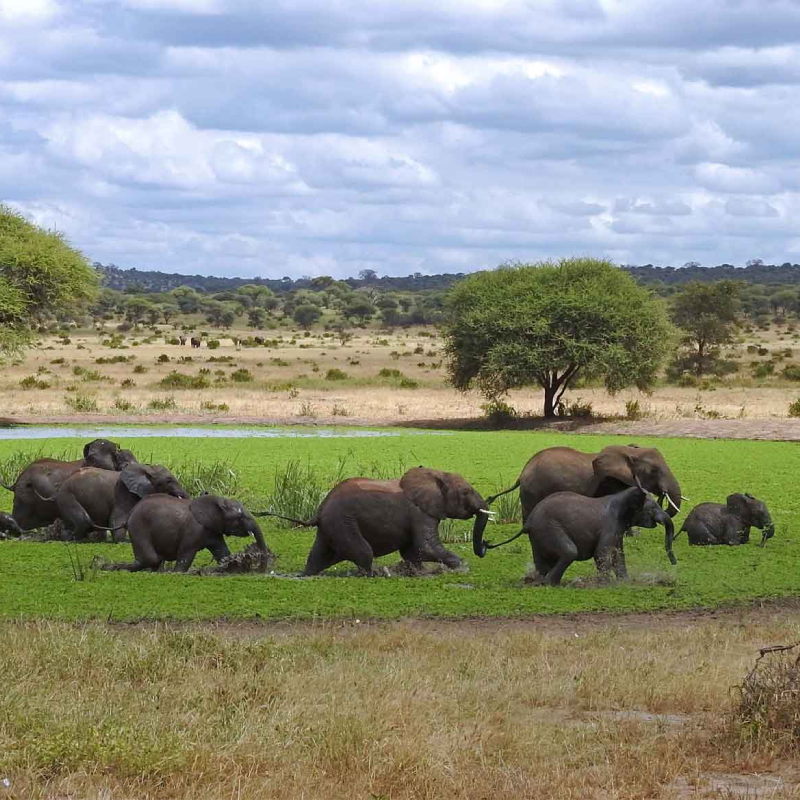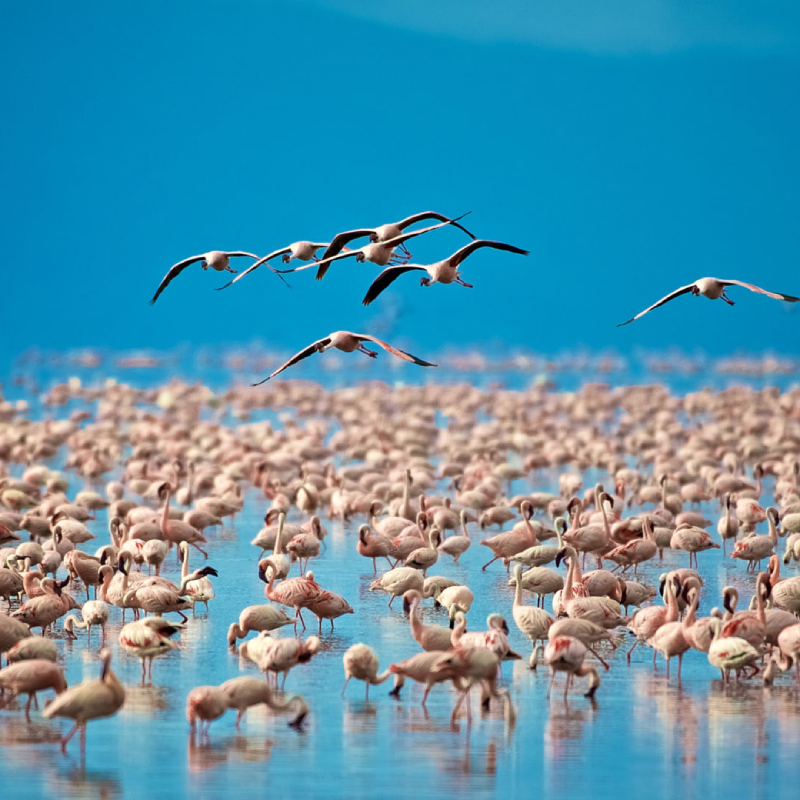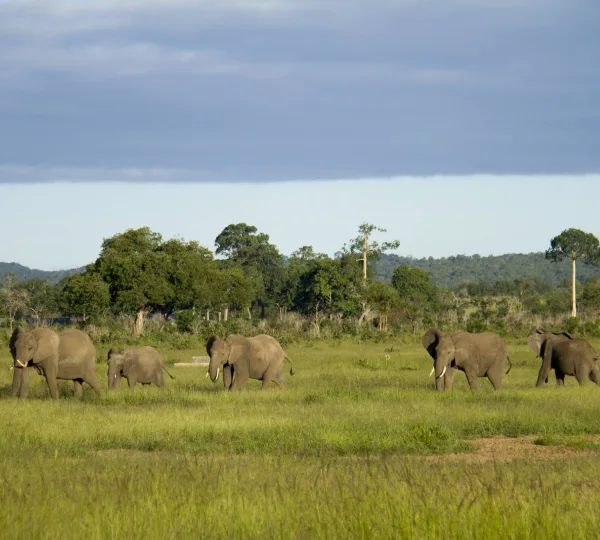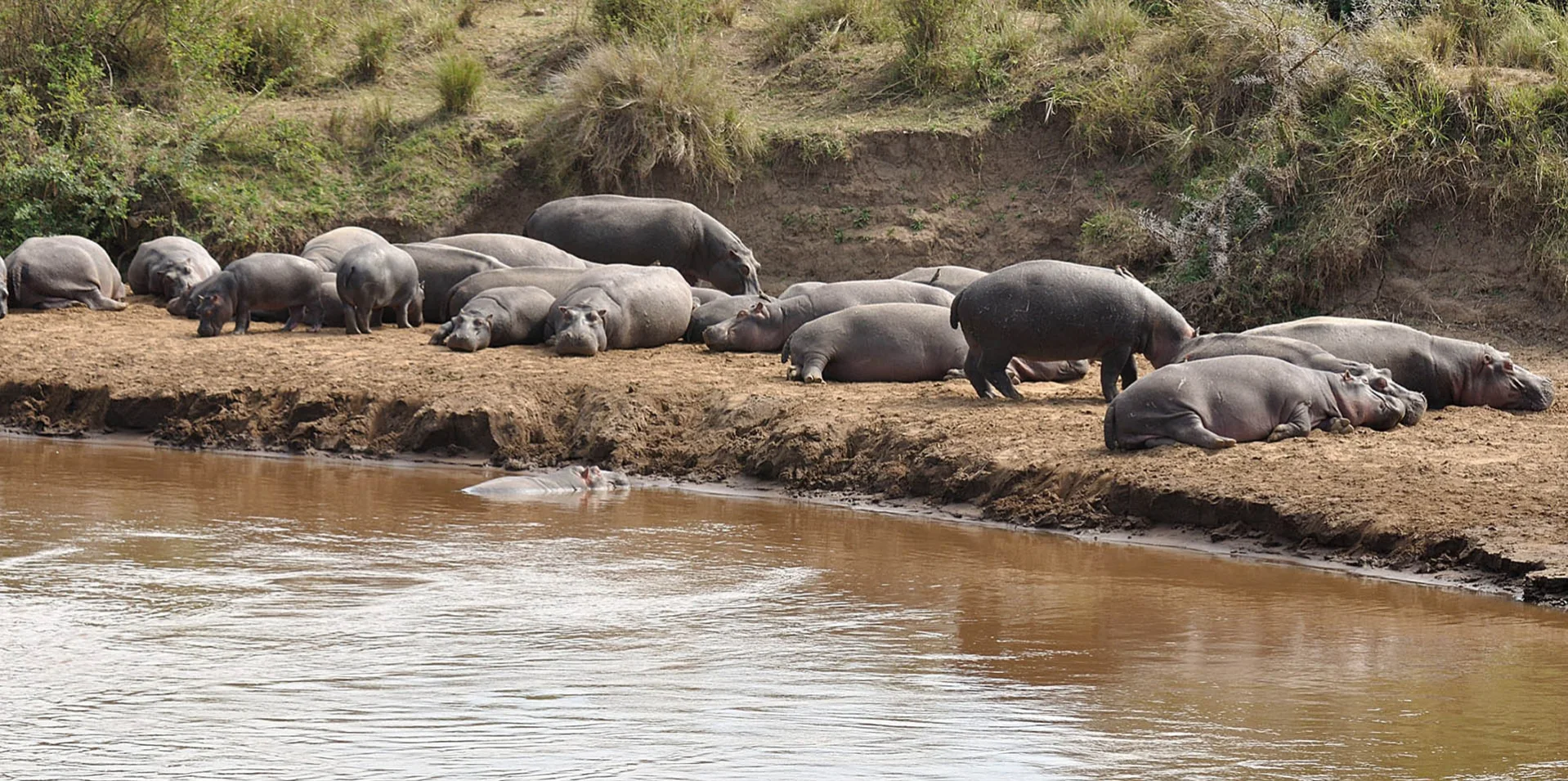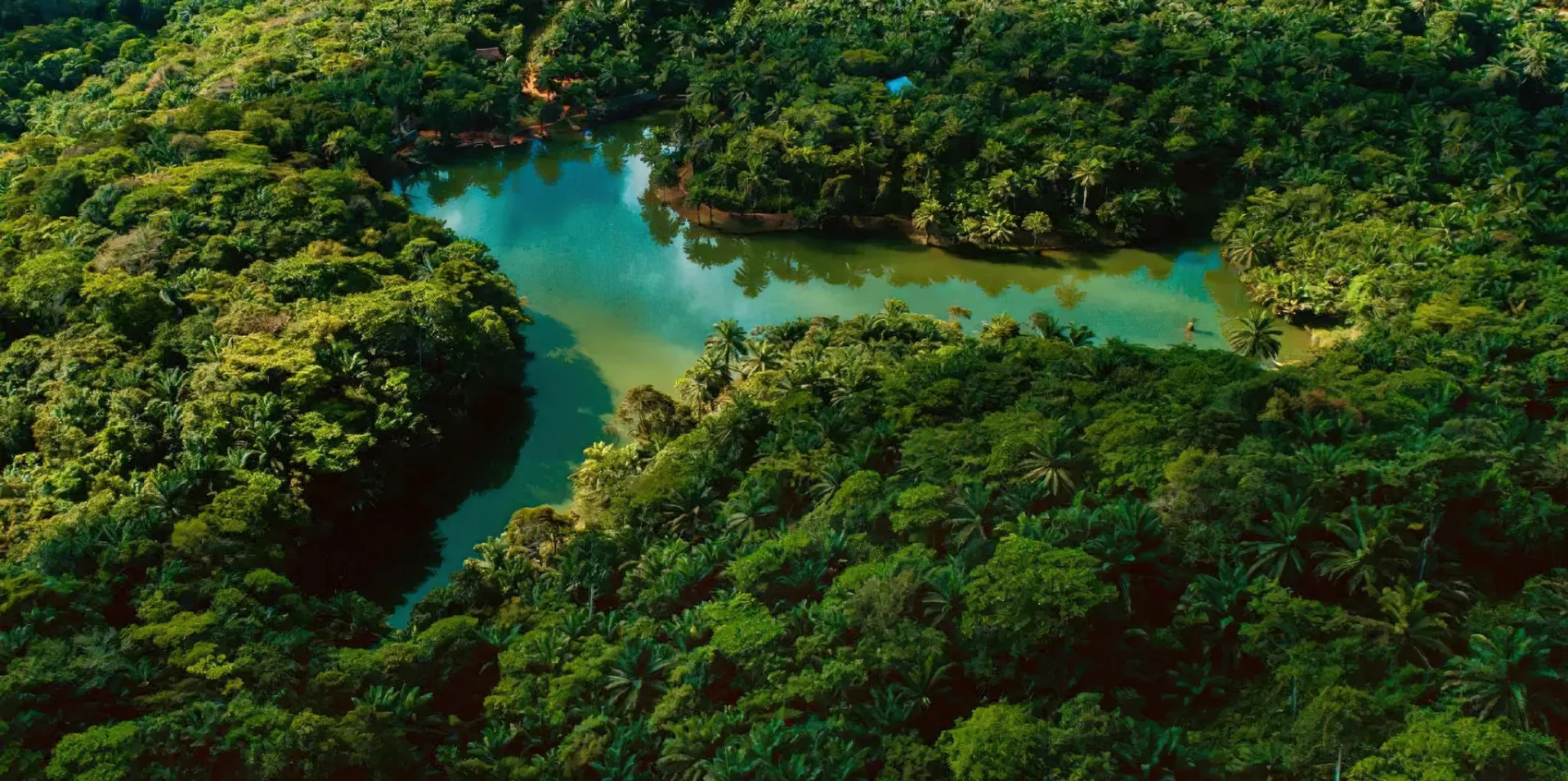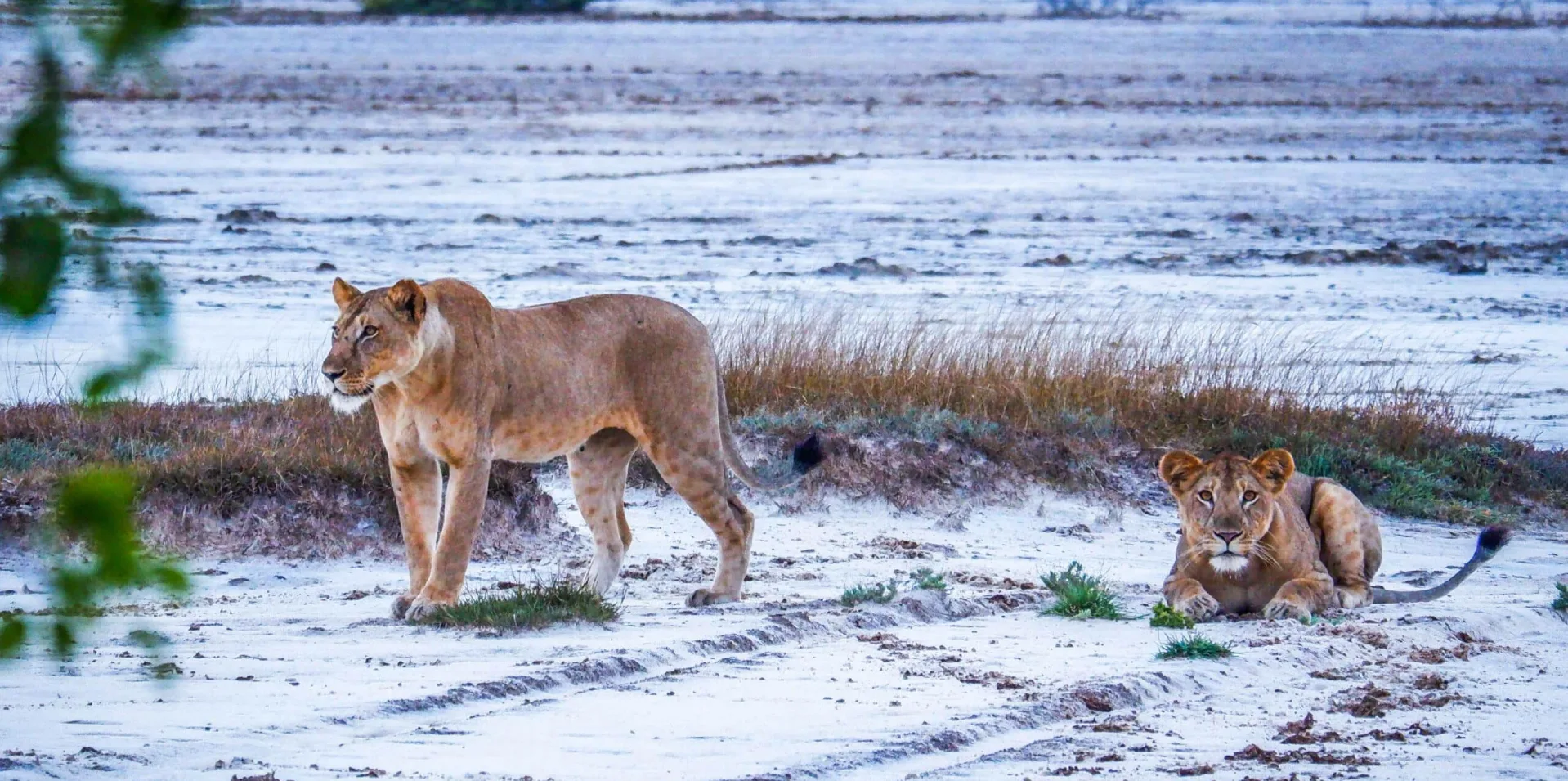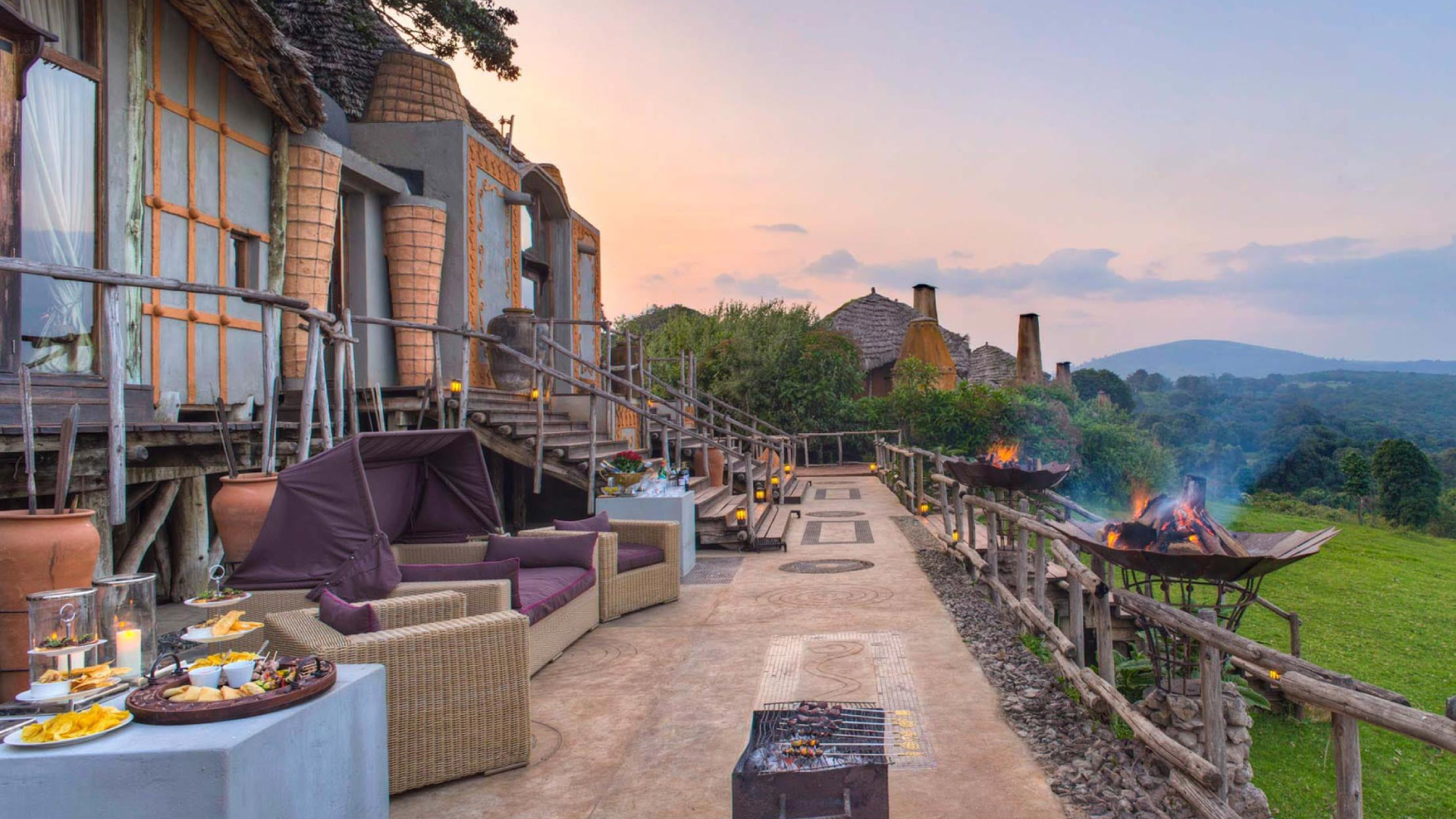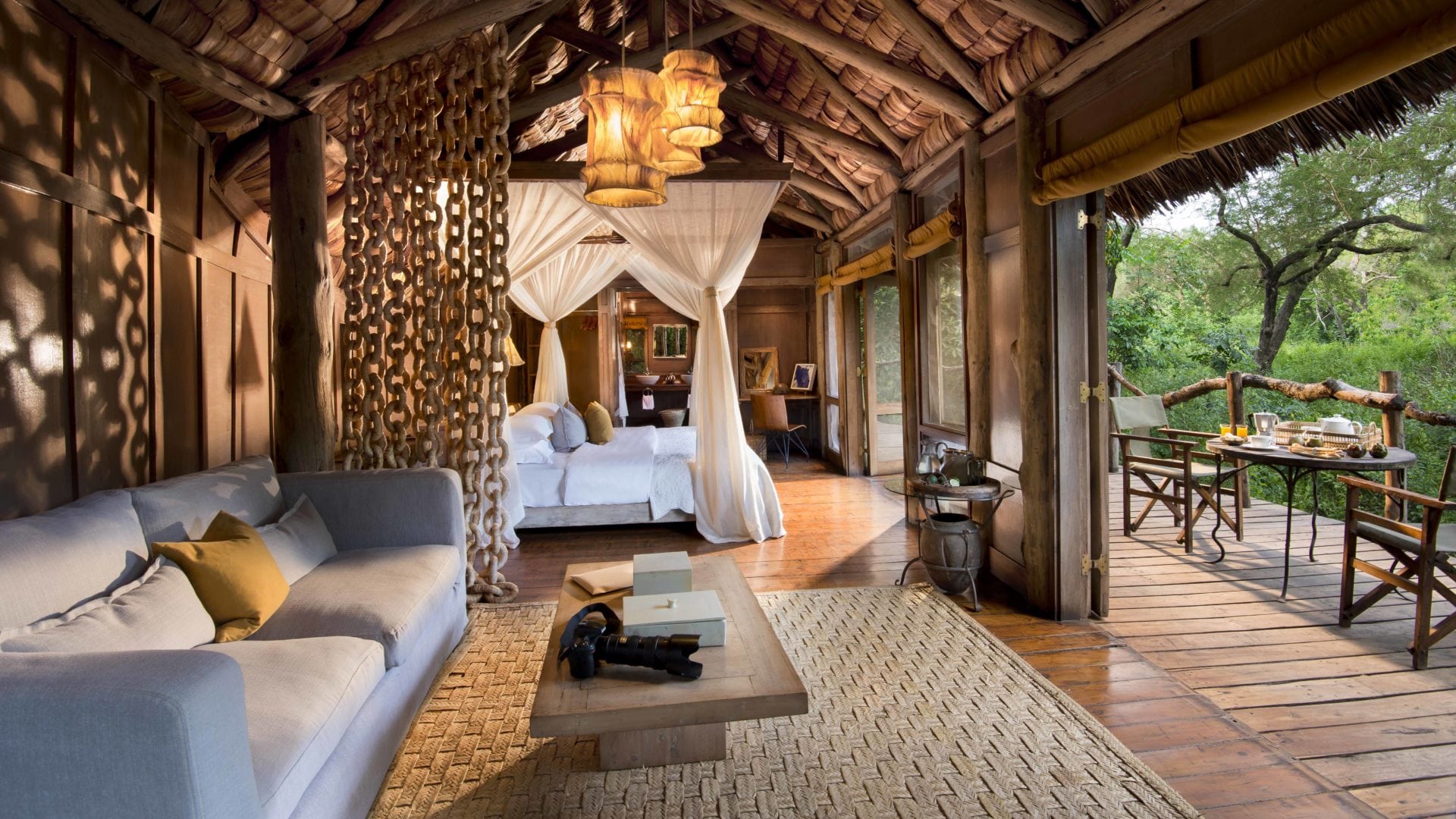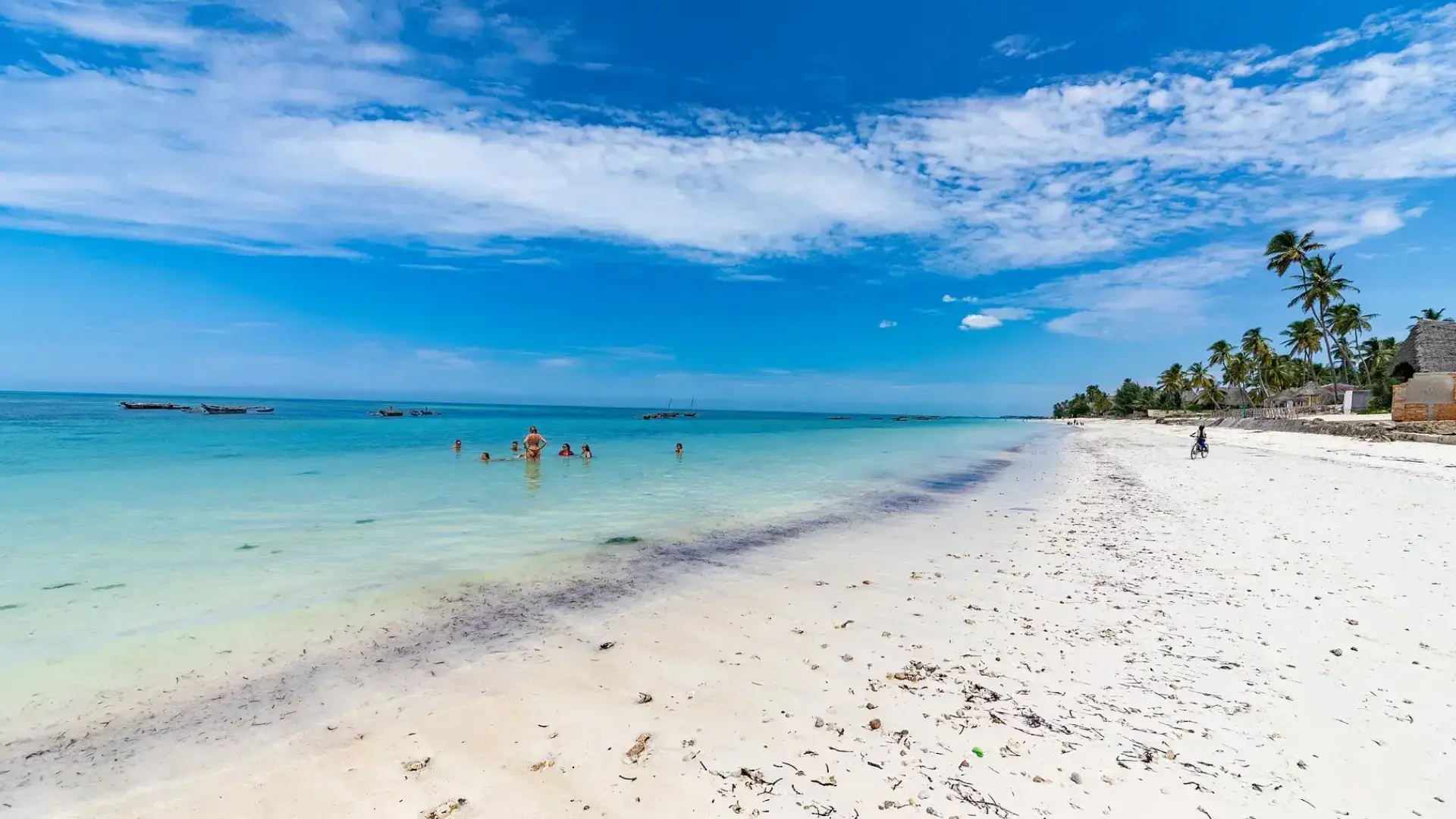Ngorongoro Crater
The Ngorongoro Conservation Area in Tanzania is home to the biggest intact volcanic caldera on Earth, the magnificent Ngorongoro Crater. It measures 20 kilometres in diameter and 610 meters deep. This 260-square-kilometre UNESCO World Heritage site was formed some 2.5 million years ago and is home to a diverse array of animals, including the Big Five: rhinos, lions, buffalo, and leopards.
Animals can be observed at any time of year in the crater due to its diversified ecosystem, which includes grasslands, wetlands, and forests. Its walls are home to more than 25,000 creatures, so guests may marvel at wildlife sightings while they take in the breathtaking environment.
Sites like Olduvai Gorge, in the Ngorongoro Crater, have provided light on human evolution and are hence archaeologically valuable. The crater is also famous for its abundant wildlife. Witness the exquisite fusion of breathtaking landscapes and rich cultural traditions at this extraordinary location.
Best Time to Visit
The best time to visit Ngorongoro Crater is during the Dry season from June to October. During these months, the grass on the crater floor is shorter, making it easier to spot wildlife as they gather around water sources. The weather is generally pleasant with little to no rainfall.
However, the Wet season from November to May brings lush greenery and vibrant scenery, although heavy rains in March and April can make some areas less accessible. For optimal wildlife viewing combined with comfortable weather conditions, plan your visit between June and October.



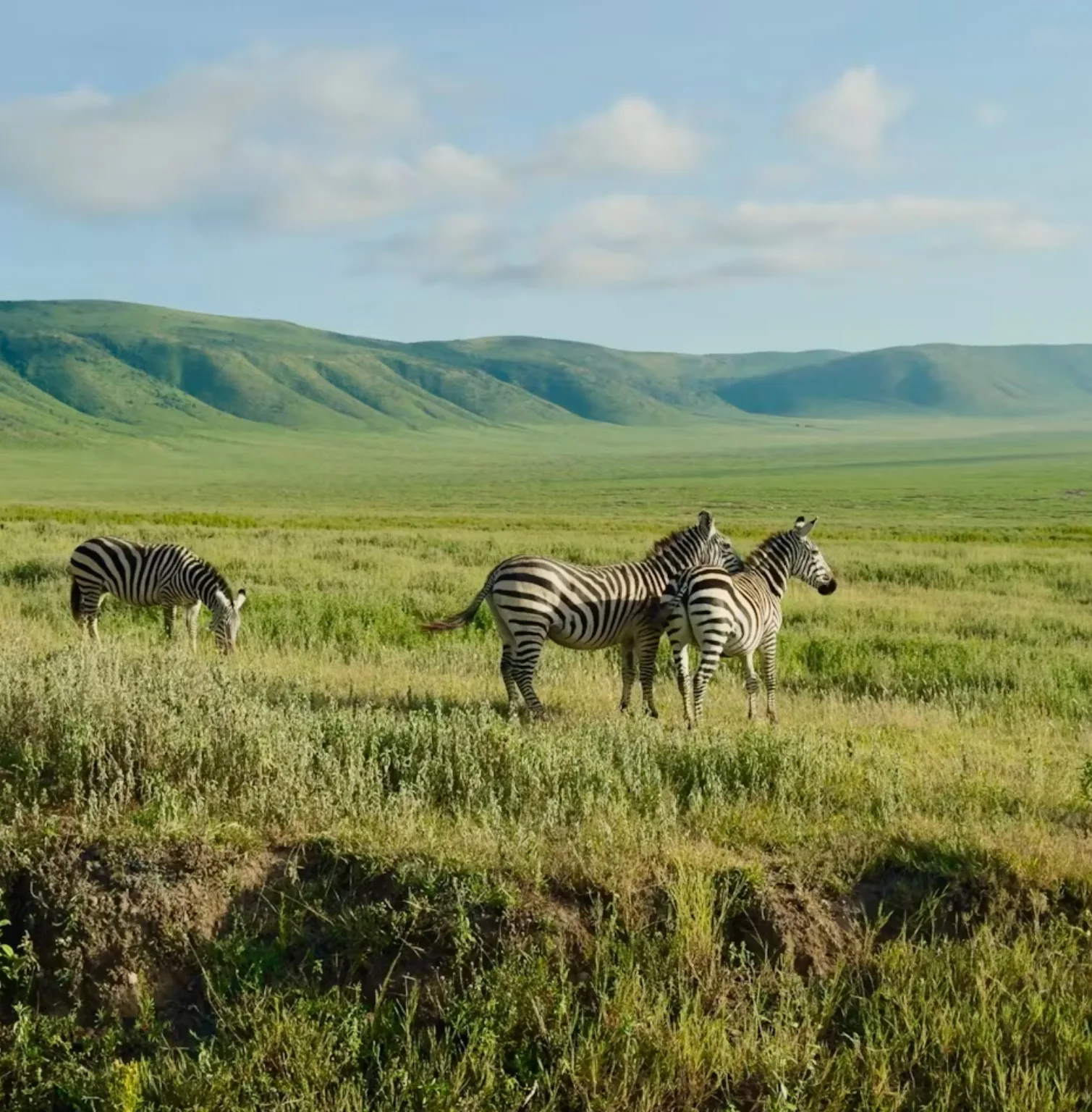
Things to Do in Ngorongoro Crater
Ngorongoro Crater is home to a wide variety of activities, each of which provides a special opportunity to get in touch with nature.
Game Drives
Explore the crater floor on a thrilling game drive. See lions, elephants, rhinos, and many other animals in their natural habitat.
Photographic Safari
Capture the stunning landscapes and wildlife on camera. This is a great opportunity to practice photography and create lasting memories.
Walking the Crater Rim
For a different perspective, take a walk around the rim of the crater. You’ll enjoy breathtaking views and might spot animals below.
Visit Olduvai Gorge
Discover the famous archaeological site where early human remains were found, offering a fascinating glimpse into human history.
Hike Olmoti Crater
Located to the north of Ngorongoro, Olmoti Crater is perfect for hiking and offers amazing panoramic views.
Explore Olduvai Museum
Located near Olduvai Gorge, this museum showcases fossils, ancient tools, and historical records that provide insight into early human life and the region’s geological evolution.
Visit a Coffee Farm
Get a taste of Tanzanian coffee culture by visiting plantations around the crater highlands and learning about the coffee-making process.
Hike to Empakaai Crater
Venture to this lesser-known volcanic crater, where you can trek down to the emerald lake at its center and see pink flamingos.
Discover Ndutu Lake
A key location in the Great Migration Serengeti, where massive herds of wildebeest gather, especially between December and March.
Engare Sero Footprint Site
Walk alongside prehistoric human footprints, offering a glimpse into human movement from thousands of years ago. Covering 300 square meters, this is Tanzania’s largest human fossil footprint site ever found. Discovered in 2006, it contains over 400 footprints of early Homo sapiens, zebras, and other animals, preserved in hardened volcanic mudflow from Oldoinyo Lengai, an active volcano.
Come and be a part of an incredible Ngorongoro Safari!
Explore the wonders of nature and make memories that will last a lifetime amid Africa’s stunning scenery.
Ngorongoro Crater FAQs
Where is the Ngorongoro Crater?
Ngorongoro Crater is located in Tanzania, within the Ngorongoro Conservation Area. This protected area spans over 3,200 square miles, nestled between the Serengeti to the north and the Great Rift Valley to the east. It’s about a 4-hour drive from Arusha, a common starting point for safaris.
What is the best time to visit Ngorongoro Crater?
The best time to visit Ngorongoro Crater is during the dry season, from June to October. The weather is warm and dry, and the shorter grass makes wildlife spotting easier. You can also visit in January and February for fewer crowds and great weather.
How much does a Ngorongoro Crater safari cost?
The cost of a Ngorongoro Crater safari includes entry fees, vehicle fees, and concession fees. Non-resident adults pay around $70.80 USD per day for entry, with additional vehicle fees of $295 USD per vehicle. Concession fees apply if you stay within the conservation area.
Can you hike the Ngorongoro Crater rim?
Yes, you can hike the Ngorongoro Crater rim. It offers incredible panoramic views of the crater and wildlife below. The hike also lets you explore the Ngorongoro Highlands, known for their unique plants and wildlife. An armed ranger accompanies you for safety.
Is Ngorongoro Crater worth visiting?
Absolutely! Ngorongoro Crater is one of Africa’s Seven Natural Wonders. It offers stunning landscapes, abundant wildlife, and easy chances to see the Big 5. The dramatic crater walls and the rich wildlife make it a must-visit destination for safari lovers.
How many days should I spend at Ngorongoro Crater?
For a quick visit, one day is enough to explore the crater floor and witness the wildlife. However, if you want to hike the rim or spend more time on safari, 3 to 5 days is ideal. If staying overnight, plan for additional costs due to accommodation and conservation fees.
Related
Tanzania
Suggested
Packages
Explore our curated Tanzania safari packages designed to turn your dream African adventure into reality. Whether you’re chasing the Great Migration, exploring iconic national parks, or seeking a blend of wildlife and culture, we’ll craft the perfect safari experience just for you. Reach out today and let’s start planning unforgettable memories together!
Tanzania
Suggested Packages
Explore our curated Tanzania safari packages designed to turn your dream African adventure into reality. Whether you’re chasing the Great Migration, exploring iconic national parks, or seeking a blend of wildlife and culture, we’ll craft the perfect safari experience just for you. Reach out today and let’s start planning unforgettable memories together!
Reviews
From lion chases to lazy sunsets, our travelers spill stories that prove East Africa is wilder and warmer than imagined.
4.8
Based on 10+ reviews
